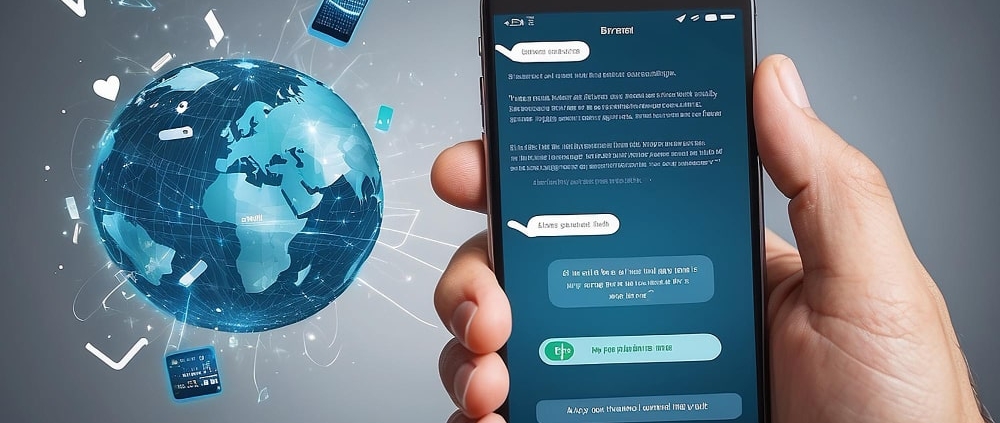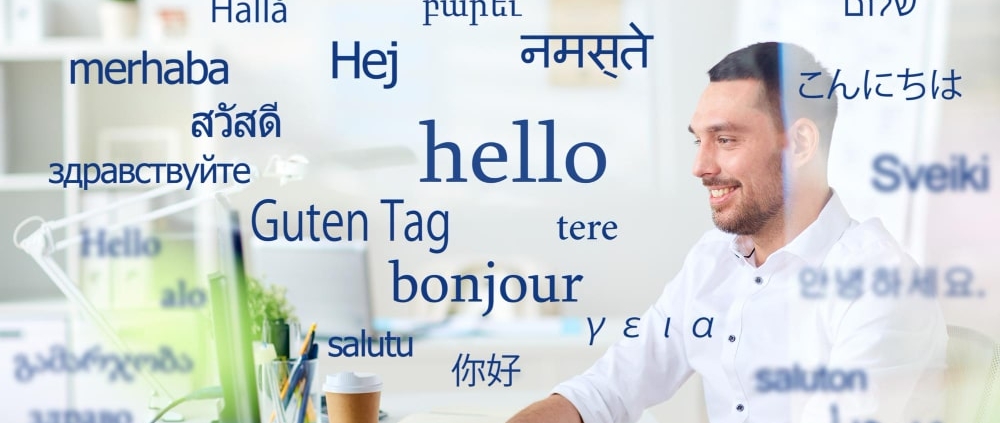How Can Translation Services Help Your Business?
There are numerous ways in which business translation services can help the performance of your organisation. Expert business translation services can also play a pivotal role in enhancing your company’s performance, revenue and growth:
- Better sales and profitability: Enjoy more sales conversions by using business translation services to upgrade your communication procedures. Improved global accessibility attracts more customers, which means increased revenue.
A wider market appeal: It’s easier to tap into new markets when you cater to different linguistic backgrounds by translating your carefully curated content into multiple languages. Think of the number of potential clients who speak different languages and set about expanding your customer base.
- Legal compliance and mitigating risk: Professional document translation services ensure your business remains on a solid legal footing in unfamiliar markets where contracts, agreements, terms & conditions and compliance documents all need accurate translations.
- Accelerate time-to-market: Outpace the competition by meeting global demands with agility and use business translation services for swifter product launches and market penetration.
- Advanced engagement with clients: Expertly translated marketing materials, product descriptions, websites and customer support information resonate with customers and improve engagement and loyalty.
- Seamless global operations: Smoother business processes result from the productive communication with international partners and suppliers that comes from using professional business translation services.
- Accurate and trouble-free interactions: Stay free of misunderstandings and potentially embarrassing or offensive content by employing professional business translation services. Benefit from elevated collaboration, improved customer relations and streamlined operations by investing in clear communication.
Utilising business translation services can make a significant contribution to your company’s success and growth.
Professional business translation services can also aid in global expansion and exploring new markets:
- Better customer communication: In the constant search for new customers, professional business translation services dismantle language barriers and provide streamlined and effective communication with local suppliers, customers and stakeholders. By developing content in the local language, you can nurture trust and credibility with your target market.
- Reinforcing your brand’s image: Professional translations can underscore your commitment to understanding local cultures and values. By creating multi-lingual content, you can lay the groundwork for establishing yourself as a local brand.
- Appreciating legal matters: Business translation services can assist in the comprehension of legal and regulatory requirements in foreign markets and help to keep you informed of changes to domestic laws and government policies.
- Enhancing your website’s SEO rankings: Improve the visibility of your site and boost your online presence across different languages by having your website content translated by experts. Visibility in international search results drives traffic to your website.
- Keeping global business operations on track: Enjoy seamless communication with international partners, suppliers and clients.
Professional business translation services allow you to embark on international expansion, understand local markets and streamline connections with diverse audiences.
Why should I use professional document translation services?
Professional document translation services such as those offered by TW Languages provide benefits for both businesses and individuals:
- Accuracy and precision: Our professional translators understand linguistic nuances, cultural context and possess subject matter expertise. Attributes which are, for instance, crucial for scientific, technical, legal and medical documents.
- Remaining consistent: Organisations benefit from coherent, unfluctuating terminology and style across all translated materials.
- Professional document translation services enhance accuracy, worldwide reach and overall efficiency, making them an invaluable resource in today’s global village.
About Us
At TW Languages, our document translation services are geared unerringly towards accuracy, as a lack of clarity could have serious repercussions. Our translators are not just professional in-country translators, they’re also qualified and experienced in specialist fields and ready to help your business to the next level in its success story.
Our scientific and technical translation services team take pride in their knowledge of the nuances of local languages, making sure that complex terms are precisely translated. While we have access to the latest technological translation software, all work is carefully checked by our experienced translators to ensure the correct context and overall accuracy.
TW Languages is a multi-lingual translation and transcription service provider specialising in technical and scientific translations in up to 250 languages. Our vision is the development and extension of our services worldwide, which we can accomplish by working together as a collective.
Mission
To continue to grow the business and use our passion and desire to ensure every translation is of the highest quality and delivered on time. In doing this, we are committed to working with our clients in supporting them to achieve their global strategy.
Vision
The vision of the company is to continue to develop and extend our services globally which we can do by working together as a collective.
Contact Us
Use the contact form to discover how TW Languages and its document translation services team can help your business.
You can also contact the team at our UK-based head office by calling +44 (0)161 826 8777.
Or send an email to info@twlanguages.com












